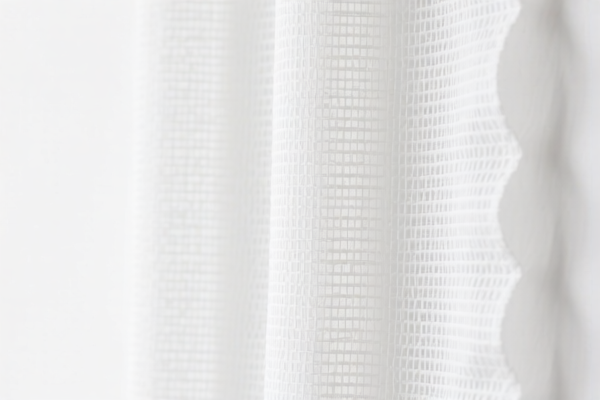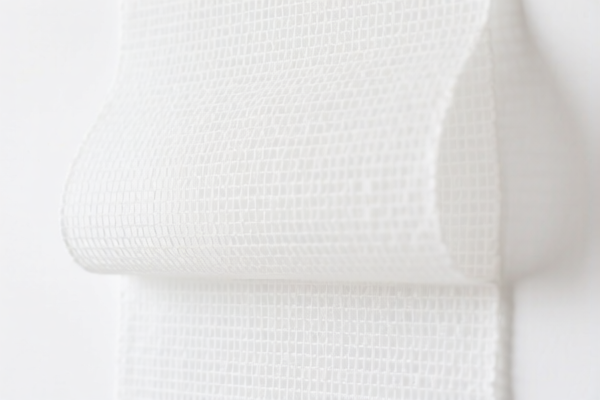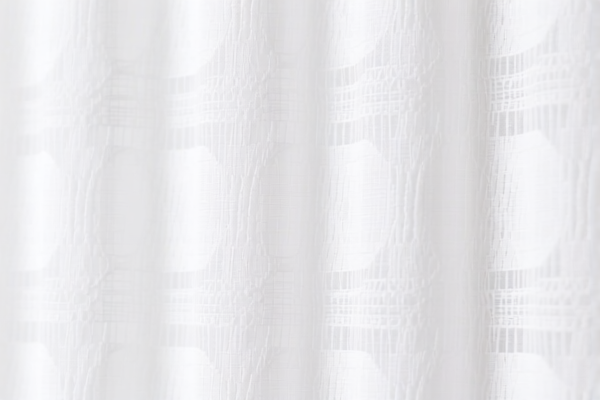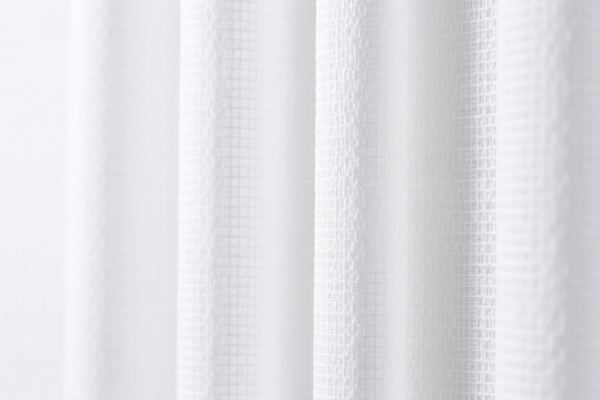| HS Code | Official Doc | Tariff Rate | Origin | Destination | Effective Date |
|---|---|---|---|---|---|
| 6217909075 | Doc | 52.1% | CN | US | 2025-05-12 |
| 6217909095 | Doc | 52.1% | CN | US | 2025-05-12 |
| 6212900010 | Doc | 44.1% | CN | US | 2025-05-12 |
| 6212900090 | Doc | 44.1% | CN | US | 2025-05-12 |
| 6205904040 | Doc | 40.3% | CN | US | 2025-05-12 |
| 6205904030 | Doc | 40.3% | CN | US | 2025-05-12 |
| 4203406000 | Doc | 55.0% | CN | US | 2025-05-12 |
| 4205000500 | Doc | 57.9% | CN | US | 2025-05-12 |
| 4205008000 | Doc | 55.0% | CN | US | 2025-05-12 |
| 6110909044 | Doc | 43.5% | CN | US | 2025-05-12 |
| 6110909046 | Doc | 43.5% | CN | US | 2025-05-12 |
| 6114909010 | Doc | 35.6% | CN | US | 2025-05-12 |
| 6114909070 | Doc | 35.6% | CN | US | 2025-05-12 |
| 3926201010 | Doc | 30.0% | CN | US | 2025-05-12 |
| 3926201010 | Doc | 30.0% | CN | US | 2025-05-12 |




Breathable Vest
A breathable vest is a garment designed to be worn over other clothing, primarily offering insulation and/or enhanced functionality while allowing for the passage of moisture vapor to escape, preventing overheating and maintaining comfort.
Materials
The key characteristic of a breathable vest lies in its fabric construction. Common materials include:
- Polyester: Often used in its various forms (e.g., microfleece, brushed polyester) for its lightweight, quick-drying, and insulating properties. Frequently treated with Durable Water Repellent (DWR) finishes.
- Nylon: Provides durability and abrasion resistance, often used in outer shells. Can also be treated with DWR.
- Fleece: Offers excellent warmth and softness, but can be less wind-resistant than other options. Often used as an insulating layer.
- Down: Provides exceptional warmth-to-weight ratio, but loses insulating properties when wet unless treated.
- Synthetic Insulation: (e.g., PrimaLoft, Thinsulate) Offers warmth comparable to down with better performance when wet.
- Membrane Fabrics: (e.g., Gore-Tex, eVent) These are waterproof and breathable fabrics, often laminated to other materials. They feature microscopic pores that allow water vapor to escape while preventing liquid water from entering.
- Mesh: Used in panels for enhanced ventilation.
Purpose
- Insulation: Provides core body warmth without the bulk of a jacket.
- Layering: Adds a layer of warmth that can be easily removed or added depending on conditions.
- Wind Protection: Many vests offer a wind-resistant outer shell.
- Utility: Often features pockets for carrying essential items.
- High Visibility: Some vests are designed for safety, incorporating reflective materials for low-light conditions.
Function
The primary function of a breathable vest is to regulate body temperature by trapping heat while allowing moisture vapor (sweat) to escape. This is achieved through a combination of fabric properties, including:
- Air Permeability: The ability of air to pass through the fabric.
- Moisture Vapor Transmission Rate (MVTR): A measure of how much moisture vapor can pass through a fabric in a given time.
- Wind Resistance: The ability of the fabric to block wind.
Usage Scenarios
- Hiking & Backpacking: Provides warmth without overheating during active pursuits.
- Running & Cycling: Offers core warmth and wind protection.
- Hunting & Fishing: Provides warmth and utility in outdoor environments.
- Everyday Wear: Adds a layer of warmth for cool weather.
- Workwear: High-visibility vests are used for safety in construction and other industries.
Common Types
- Padded Vests: Contain insulation (down or synthetic) for warmth.
- Softshell Vests: Made from stretchy, breathable fabrics, offering a balance of warmth, wind resistance, and mobility.
- Hardshell Vests: Made from waterproof and windproof fabrics, offering protection from the elements.
- Utility Vests: Feature numerous pockets for carrying gear.
- High-Visibility Vests: Incorporate reflective materials for safety.
- Tactical Vests: Designed for military and law enforcement applications, often featuring modular attachment points.
- Fishing Vests: Often feature numerous pockets specifically designed for fishing gear and tools.
Breathable vests can fall under several classifications depending on their material and specific use. Here are relevant HS codes based on the provided reference material:
- 6110.90.90.44 - Sweaters, pullovers, sweatshirts, waistcoats (vests) and similar articles, knitted or crocheted: Of other textile materials: Other Vests, other than sweater vests: Subject to cotton restraints: Men's or boys'. This code applies to knitted or crocheted vests made from materials other than cotton, specifically for men or boys, and are subject to cotton import restraints.
- 6110.90.90.46 - Sweaters, pullovers, sweatshirts, waistcoats (vests) and similar articles, knitted or crocheted: Of other textile materials: Other Vests, other than sweater vests: Subject to cotton restraints: Women's or girls'. This code applies to knitted or crocheted vests made from materials other than cotton, specifically for women or girls, and are subject to cotton import restraints.
- 6114.90.90.10 - Other garments, knitted or crocheted: Of other textile materials: Other Tops. This code covers knitted or crocheted garments made from materials other than cotton, categorized as "Other Tops," which could include vests.
- 6114.90.90.70 - Other garments, knitted or crocheted: Of other textile materials: Other Other: Other. This is a broader category for knitted or crocheted garments made from materials other than cotton, falling under "Other Other," which could encompass vests not specifically defined elsewhere.
Tax Rate Information:
- Codes 6110.90.90.44 and 6110.90.90.46 have a base tariff of 6.0%, an additional tariff of 7.5%, and a tariff of 30.0% after April 2, 2025, resulting in a total tariff of 43.5%.
- Codes 6114.90.90.10 and 6114.90.90.70 have a base tariff of 5.6%, an additional tariff of 0.0%, and a tariff of 30.0% after April 2, 2025, resulting in a total tariff of 35.6%.
Important Note:
The classification of "breathable vests" depends heavily on the material composition and intended use. If the vest is made of cotton, the relevant HS codes may differ. If the vest is specifically designed for safety or technical purposes, other codes might apply.
Customer Reviews
No reviews yet.